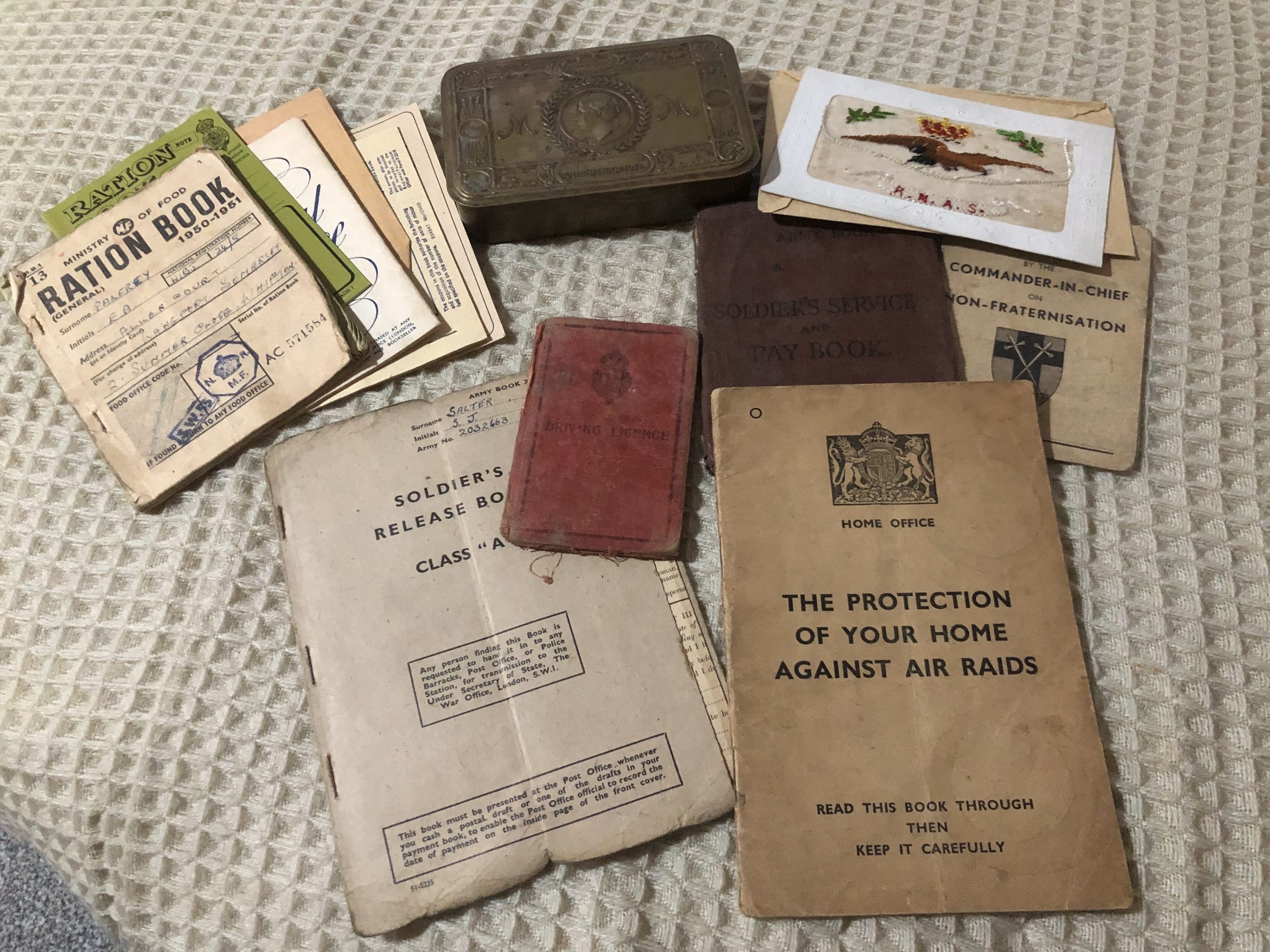
How To Get Started With Collecting War Memorabilia
Read Count : 275
Category : Blogs
Sub Category : Miscellaneous
If you are a history enthusiast you might want to start your very own military memorabilia. Collecting artifacts and memorabilia is a great way to personalize history in a meaningful way for you if you are fascinated by military and its role in history. Estate sales are a great place to start buying ww2 memorabilia. Tips to get started Here are some pointers to get you started if you want to start collecting. Militaria, as military memorabilia is also referred to, is a broad topic. Uniforms, headgear, insignias, medals, buttons, and wristwatches are a few of the categories. These items were utilized by soldiers both on base and in field. Posters, memoirs, letters, and postcards produced at home during wartime offer a different perspective on the subject of warfare. A more intimate form of wartime expression for men is trench art. Soldiers and prisoners of war would frequently paint, carve, etch, or draw on anything that was available as a way to relieve boredom, fear, and anger they experienced. For entertainment while recovering from their injuries, soldiers made belts and embroidered badges. These moving keepsakes provide very intimate glimpses into lives of soldiers. Another incredibly popular category of collectibles is weapons. Along with actual weapons, accessories like ammunition, tools, manuals, holsters, and cartridge belts are also highly collectible. It is best to focus on a specific area of military memorabilia because this subject is broad. Limit your collection to that era and region if you have a favorite time and place. You can focus on one aspect by giving yourself a starting point, for instance buy ww2 memorabilia. How to grow As your knowledge grows, you can always diversify. When it comes to artifacts and memorabilia, there is typically a personal history involved. If you find out who owned a particular item, why and how it was made, and specifics of design, you'll make your hobby more interesting and challenging. You can find plenty of resources to aid in your research, including books, directories, and organizations. The Orders and Medals Society of America (OMSA), the American Society of Military Insignia Collectors (ASMIC), and the Association of American Uniform Collectors are just a few organizations. Conclusion Before buying a piece of art, do your homework to ascertain its authenticity, marketability, and condition. As your collection grows, you will discover which field personnel you can rely on and how to create your own radar for spotting valuable items amidst trash. A very intimate and fulfilling experience results from fusing military artifacts with history and people who lived it.
Comments
- No Comments

